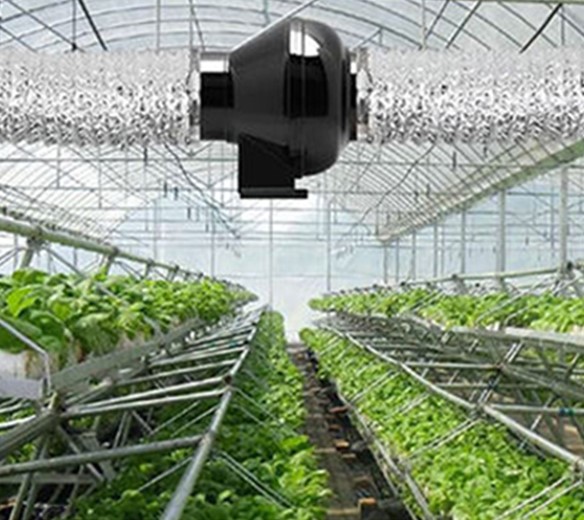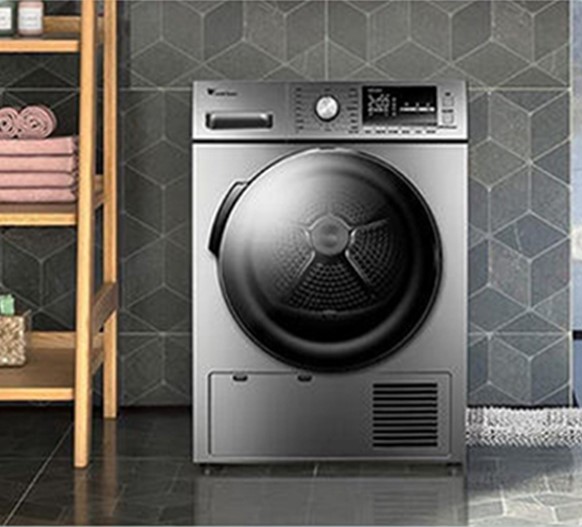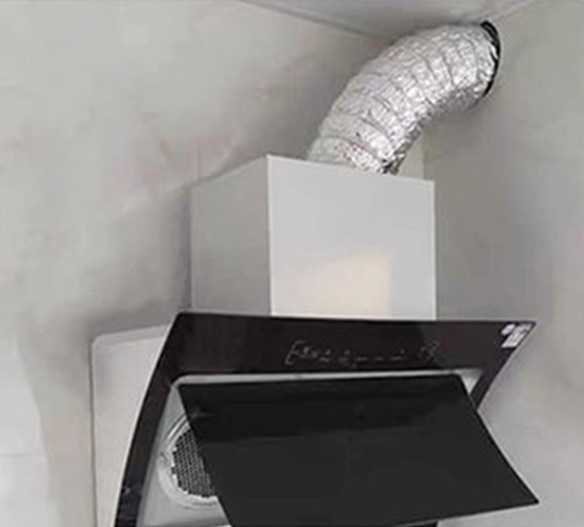Healthy breathing starts with ventilation and air exchange
Have you ever sat for a long time in an airtight room and suddenly felt a strong dizziness, as if your head was shrouded in a thick layer of haze and your thinking became sluggish? Alternatively, after being busy in the office for several hours, one may find themselves cursed and unable to concentrate, resulting in a sharp decline in work efficiency and making simple tasks increasingly difficult. These seemingly ordinary minor conditions actually point to a serious health problem - poor indoor air circulation.
In our accustomed home and office environments, a silent 'health crisis' is quietly looming. According to research data from authoritative institutions, prolonged lack of ventilation indoors can lead to a rapid increase in carbon dioxide concentration at an alarming rate. Under normal circumstances, the indoor carbon dioxide content should be maintained between 0.03% and 0.04%, but when doors and windows are tightly closed for a period of time, this value may soar to 0.1% or even higher. When the proportion of carbon dioxide in the air exceeds the normal range, our body will sound the alarm first. At first, it may just be mild dizziness, fatigue, difficulty concentrating at work, and memory loss during study; But if exposed to such an environment for a long time, it is like planting a time bomb in the respiratory and cardiovascular systems. Over time, the risk of respiratory and cardiovascular diseases will significantly increase, and health hazards cannot be ignored.
Even worse, poorly ventilated indoor spaces are an ideal playground for bacteria and viruses. A warm, dark, and stagnant space provides excellent conditions for the growth and reproduction of bacteria and viruses. Research has shown that in such an environment, the number of bacteria and viruses may increase several times per hour. Once our immune system slightly weakens, respiratory diseases such as influenza and pneumonia will take advantage of the situation and make us suffer in pain. For example, in poorly ventilated indoor environments, the survival time of influenza virus will be significantly prolonged, and the probability of transmission will also be significantly increased.












Please first Loginlater ~